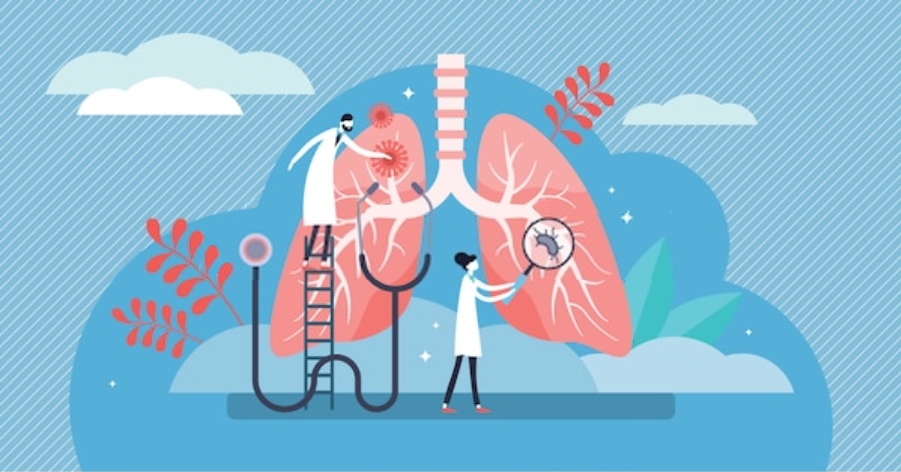
Respiratory system disease is a common and frequently-occurring disease. The main lesions are the trachea, bronchus, lungs and chest. In mild cases, cough, chest pain, and affected breathing. Severe cases of dyspnea, hypoxia, even respiratory failure and death. Due to air pollution, smoking, industrial and economic development and other factors, the incidence of respiratory diseases such as bronchial asthma and pneumonia has increased significantly in recent years. Although the incidence of tuberculosis has been controlled, there has been an increasing trend lately. The incidence of diseases such as pulmonary diffuse interstitial fibrosis and immunocompromised pulmonary infection is increasing day by day. The leading cause of death from AIDS is a lung infection. The harm of respiratory diseases to human health cannot be ignored, and its prevention, diagnosis and treatment deserve our great attention.
Diagnosis Method
There are many examination items for respiratory diseases, so it is necessary to make a comprehensive analysis and consideration to choose a suitable examination for diagnosis.
- Blood test. In blood tests for respiratory infections show an increase in leukocytes and neutrophils, sometimes accompanied by toxic particles. Increased eosinophils indicate allergic factors or parasitic infections. 75% of patients with exogenous asthma have elevated lgE, which can rule out parasitic infection. Other serological antibody tests, such as fluorescent antibodies, convection immunoelectrophoresis, enzyme-linked immunosorbent assay, etc., are helpful to the diagnosis of infections such as viruses, mycoplasma, and bacteria.
- Antigen skin test. A positive skin test for asthma allergens can help with antigen desensitization treatment. A positive skin reaction to tuberculosis or fungus is only an indication of infection, not a confirmation of disease.
- Imaging tests. Chest fluoroscopy combined with anteroposterior and lateral chest radiographs can reveal the lesions covered by the heart and diaphragm, and the diaphragm and cardiovascular activities can be observed. High voltage, tomography and CT can further clarify the location and nature of the lesion, as well as the degree of patency of the trachea and bronchi. Magnetic resonance imaging can be of great help to mediastinal diseases and pulmonary embolism. Bronchography is helpful in the diagnosis of bronchiectasis, stenosis, and obstruction.
- Other tests. Including sputum examination, bronchoscopy, lung biopsy, pleural biopsy, and radionuclide scan, all play a role in the diagnosis of respiratory diseases.
Diagnosis Products of Respiratory Disease
Creative Biogene has a professional team of experts who developed quality respiratory disease diagnostic products. Our products are competitive in the market due to their reasonable price and high quality, which can help you solve the diagnosis problem quickly. We look forward to working with you for your cooperation.
Please contact us for more details.
For research use only. Not for any other purpose.
